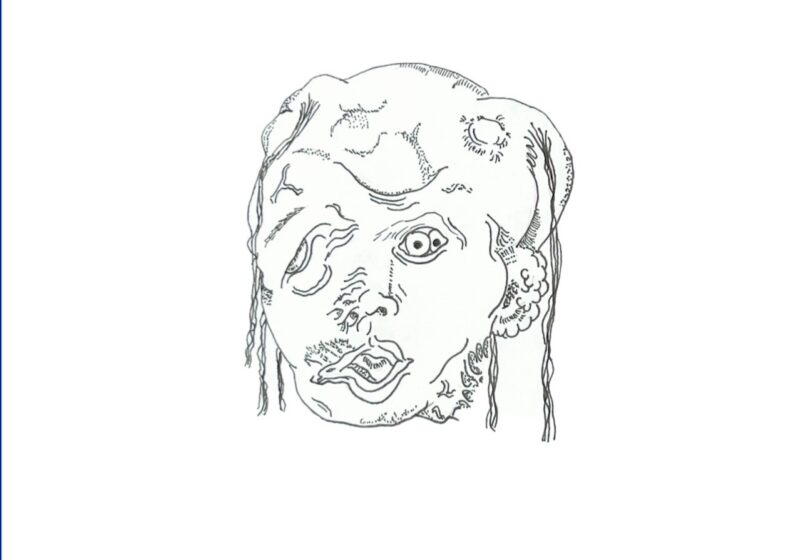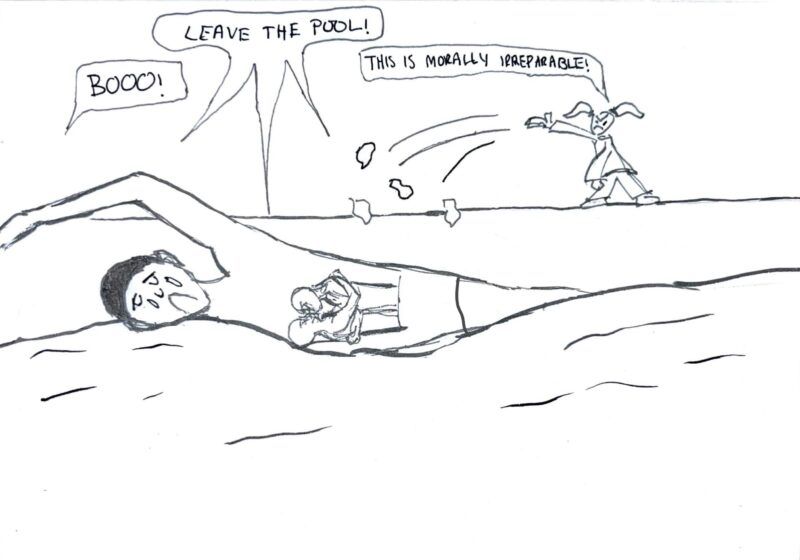With nearly 166 years of continuous operation, the University has produced scores of alumni, many of whom are still alive. People don’t live forever, though, so after 166 years, the question is: How many UR alumni are living, and how many are deceased?
This brain-teaser has also been posed about the human race, where it has a surprisingly clear-cut answer. According to population researcher Carl Haub, there are far more humans buried in the Earth than currently living on it. A 2011 article by Haub, titled “How Many People Have Ever Lived on Earth?” suggests a conservative estimate on the order of 100 billion. The U.S. Census Bureau estimates the current world population at about 7.3 billion, so it’s safe to say that there are far more dead humans than there are living. The human race has simply been around for so long that even the exponential population growth of the nineteenth and twentieth centuries hasn’t managed to catch up to that figure.
The University is a different story, though. The question was discussed in a meeting with University Archivist Melissa Mead.
Mead began by establishing a cutoff, a class year earlier than which the number of surviving alumni would be negligible. She settled on 1940, since a surviving member of this class year would have to be at least 95 years old.
Meanwhile, it’s not quite as easy to make an assumption about living alumni. You couldn’t say, for instance, that no UR alumni have died in the past ten years, even though the number might be negligible. For recent class years, it might be necessary to obtain a list of alumni and check the status of each person (made easier by the alumni magazine, Rochester Review, which lists obituaries whenever possible).
Using 1940 as a cutoff splits the history of the University into a 90-year era and a 76-year era, which seems at first glance to favor deceased alumni as the larger group. This line of thinking falls apart, however, when you consider the effect of increasing class sizes. More recent class sizes—with a higher proportion of living alumni—are far, far larger than early classes. Not until the Class of 1919 did the number of undergraduates exceed 100. Without knowing the rate at which class sizes increased, it’s hard to say where the balance lies.
Vini Falciano, the University Director of Institutional Research and Assistant Provost, who works with Mead to collect data on class sizes, expounded on this trend.
“The entering classes (cohorts) of The College have grown steadily,” Falciano said in an email, “but one will see the overall contraction during the Renaissance Plan under President Jackson in the late ‘90s.” Four decades of class size data are available electronically, he said—but the search didn’t stop there.
When Mead went looking for actual data on class sizes, she discovered that not all of it was easily accessible. She began by examining the alumni directories published in 1928 and 1975. The directories, however, are alphabetical, which didn’t suit the data-mining needs. Switching to the more direct approach of counting up the names in archived commencement programs was better, but still not totally satisfactory. Prior to 1875, commencement programs didn’t list the names of graduating students. Then, after 1930 or so, the classes become large enough where it’s no longer efficient to simply tally the individual graduates.
With the data collected so far, it’s not possible to make an informed estimate about the answer to the question. But the numbers are out there, waiting to be counted and checked. With this in mind, look for the answer in an upcoming issue of the Campus Times.




